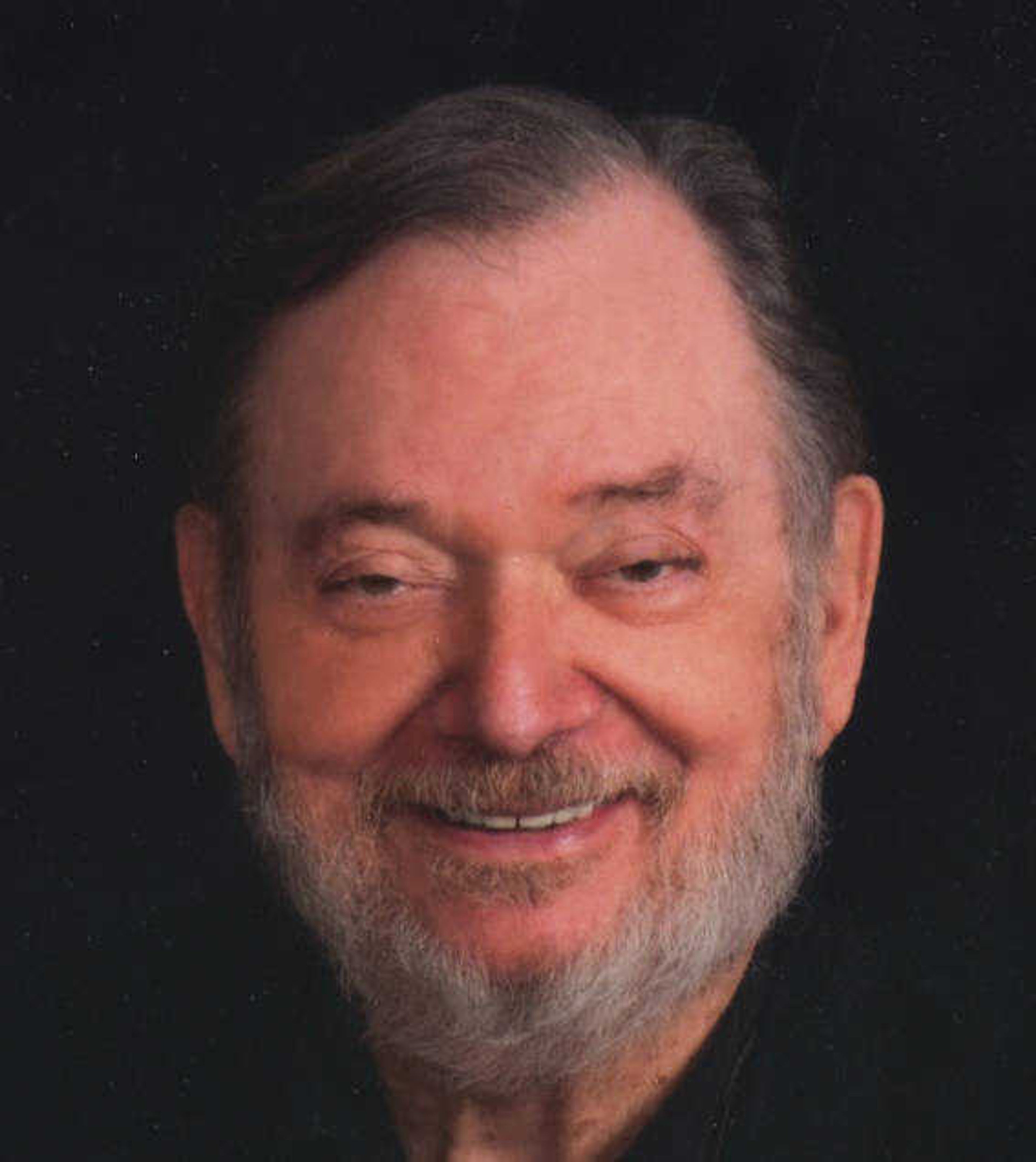Politics, economy, recall
The national, state and local political scenes have all of the makings of a movie. Whether it's a comedy, drama, tragedy, farce or heroic epic remains to be seen. Much of the unknown centers on the status of the economy, international trade, terrorists and campaigns and candidates for elective office...
The national, state and local political scenes have all of the makings of a movie. Whether it's a comedy, drama, tragedy, farce or heroic epic remains to be seen.
Much of the unknown centers on the status of the economy, international trade, terrorists and campaigns and candidates for elective office.
Seeking accurate information is difficult in such a highly charged political campaign atmosphere where misinformation and misdirection seem to get worse each year.
While the Republicans seem to be settled on George W. Bush for president and Matt Blunt for governor, the Democrats have yet to determine their candidates for president and also for governor (see the adjacent column by Steve Kraske of The Kansas City Star).
The nine Democrat presidential candidates have been overshadowed by Afghanistan, Iraq, Hillary Clinton's book release and publicity and now the California recall of Gov. Gray Davis and election.
---
The June 2003 economic forecast for Missouri from Economy.com (a prominent economic forecasting firm used by the Missouri Senate Appropriations Committee) shows no major increase in Missouri's gross state product (not revenue) for the next five years. The firm indicates the gross state product will increase 2 percent in 2003, 3 percent in 2004, 2.3 percent in 2005, 2.8 percent in 2006 and 2.4 percent in 2007.
The federal economic outlook is much brighter, but the continued underperformance of the St. Louis economy, especially in view of the strong reliance on auto manufacturing, is quite threatening.
Missouri employment is forecast to increase along with the total population and personal income. Missouri leads most Midwest states in net gains of people moving into our state after subtracting the Missourians who migrated elsewhere.
---
The wild, wild West: If you thought the Battle of Little Big Horn was bloody, just wait for the bitter wars that will be unleashed if a California bill that outlaws all Indian mascots from public schools becomes law.
If passed, it would make California first in the nation to resolve this at a state level, forcing schools from the Arcadia Apaches to the El Monte Chiefs to drop their cherished icons for more politically correct versions. "We understand this was not meant to be offensive," Assemblywoman Jackie Goldberg, the bill's sponsor, told the Los Angeles Times. "But it is."
Well, that depends on who you ask. Though some Native Americans do object to Indian sports symbols, it's by no means clear that the activists quoted by the media speak for the majority. A Sports Illustrated poll released in March reported 83 percent of Native Americans agree that "professional teams should not stop using Indian nicknames, mascots or symbols."
With good historical reason. How many people know that the Cleveland Indians -- another object of activist agitation -- were named in 1915 in tribute to Louis Francis Sockalexis, a member of the Penobscot Nation who became the first Native American to play pro baseball?
If Native American iconography is common, it's because the virtues these icons are thought to embody are largely martial ones. This also explains why we have Apache helicopters and Jeep Cherokees.
In the political world, the ability of the American people -- Native Americans included -- not to find racism under every Indian icon probably comes as big news. But maybe that's because our sports are more civilized than our politics.
-- The Wall Street Journal, 2002
---
Only 50 percent of college students in Missouri graduate in six years or less. Twenty-five percent of the students at Southeast Missouri State University are from Cape Girardeau, and 18 percent are from the greater St. Louis area (according to a report of the National Center for Higher Education).
Of high school students who graduate nationally, 62 percent enroll in a two-year or four-year colleges, and of those 62 percent who enroll, 52 percent are women and 48 percent are men.
Of those enrolled nationally, 59 percent received their bachelor degrees within six years. Of the 59 percent of those who received degrees, 58 percent were women and 42 percent were men.
---
Race and the gender gap: The gender gap in college graduation cuts across all racial categories. It is smallest for Asians, largest for blacks.
For every 100 bachelor's degrees earned in 1999-2000 by Asian men, Asian women earned 117.
Similarly, for every 100 bachelor's degrees earned in 1999-2000:
By white men, white women earned 131.
By Hispanic men, Hispanic women earned 148.
By black men, black women earned 192.
(Some of this information is from a news item in the St. Louis Post Dispatch.)
---
The Moods of a Woman
An angel of truth and a dream of fiction,
A woman is a bundle of contradiction.
She's afraid of a wasp, will scream at a mouse,
But will tackle a stranger alone in the house.
Sour as vinegar, sweet as a rose,
She'll kiss you one minute, then turn up her nose.
She'll win you in rage, enchant you in silk.
She'll be stronger than brandy, milder than milk.
At times she'll be vengeful, merry and sad.
She'll hate you like poison and love you like mad.-- e-mail from a friend
Gary Rust is the chairman of Rust Communications.
Connect with the Southeast Missourian Newsroom:
For corrections to this story or other insights for the editor, click here. To submit a letter to the editor, click here. To learn about the Southeast Missourian’s AI Policy, click here.










